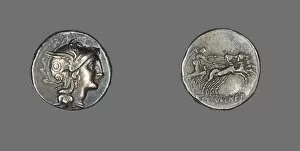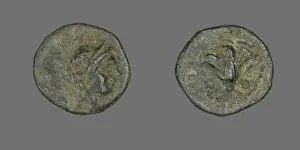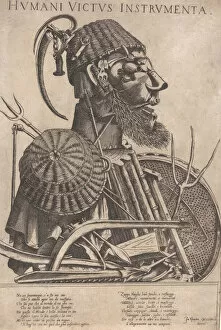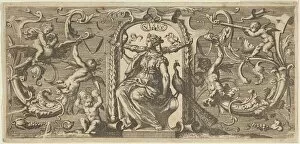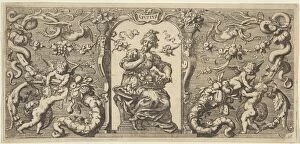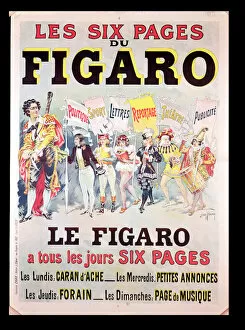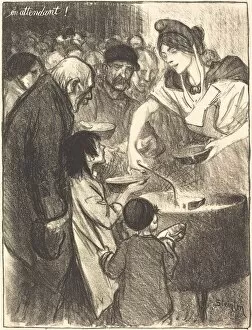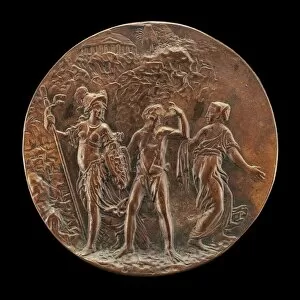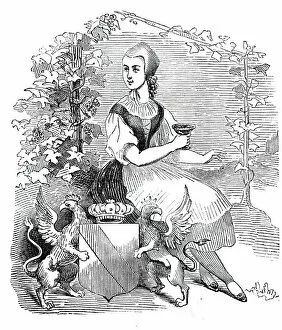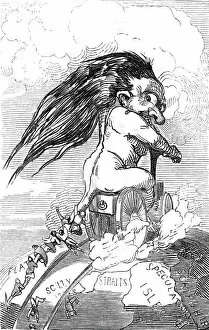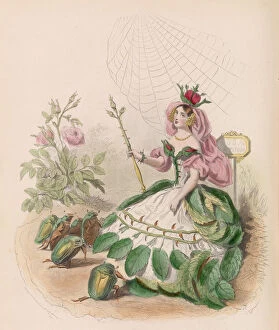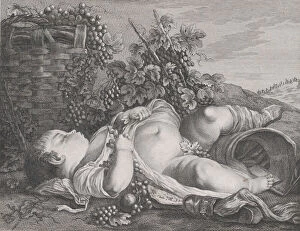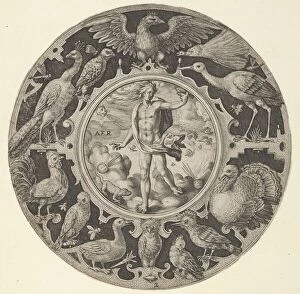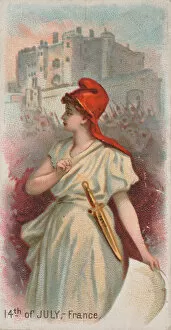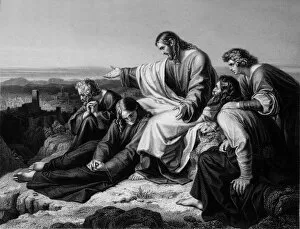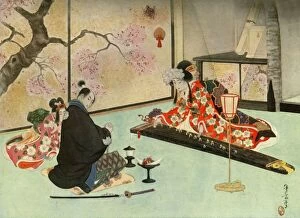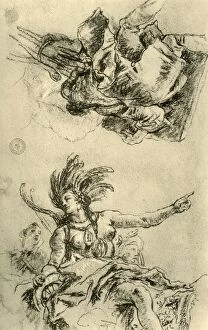Personifying Collection (#3)
"Personifying the Divine: Exploring Artistic Expressions through Time" In this captivating journey, we delve into various realms of human creativity
For sale as Licensed Images
Choose your image, Select your licence and Download the media
"Personifying the Divine: Exploring Artistic Expressions through Time" In this captivating journey, we delve into various realms of human creativity, personifying ideas and concepts that have shaped our history. From ancient Roman deities to World War I cartoons, from mathematical principles to architectural wonders, each creation breathes life into its subject. Let us begin with Telesphorus, the Roman deity associated with healing and recovery. As we gaze upon his depiction in art, we witness the embodiment of hope and restoration. Moving forward in time, we find ourselves amidst the chaos of World War I. Through a clever cartoon portrayal, Big Bertha - the fearsome German gun - comes alive before our eyes. Its destructive power personified as it unleashes devastation upon its enemies. As if soaring on wings of imagination, another cartoon takes us high above the battlegrounds. The majestic eagle becomes a symbol of freedom and victory as it flies across war-torn landscapes. Stepping away from warfare but not from creativity's embrace, let us explore Etienne Delaune's masterpieces. Geometry dances on paper as lines and shapes intertwine harmoniously; arithmetic reveals its hidden beauty through numbers' intricate relationships; music resonates within our souls as notes come alive under Delaune's skillful hand; perspective unveils new dimensions where reality meets illusion; architecture stands tall in all its grandeur, reflecting mankind's aspirations for greatness; astrology unlocks celestial mysteries connecting earthly lives to cosmic forces. Venturing further back in time brings us face-to-face with Rodolphe Bresdin's "The Republic. " In this mesmerizing artwork filled with symbolism and allegory lies an embodiment of societal ideals striving for justice and equality. Traveling even deeper into history leads us to Italy during the 17th century. A panel adorned with figures representing three continents reminds us that cultures interweave like threads in a tapestry – distinct yet interconnected, each contributing to the rich fabric of humanity.




